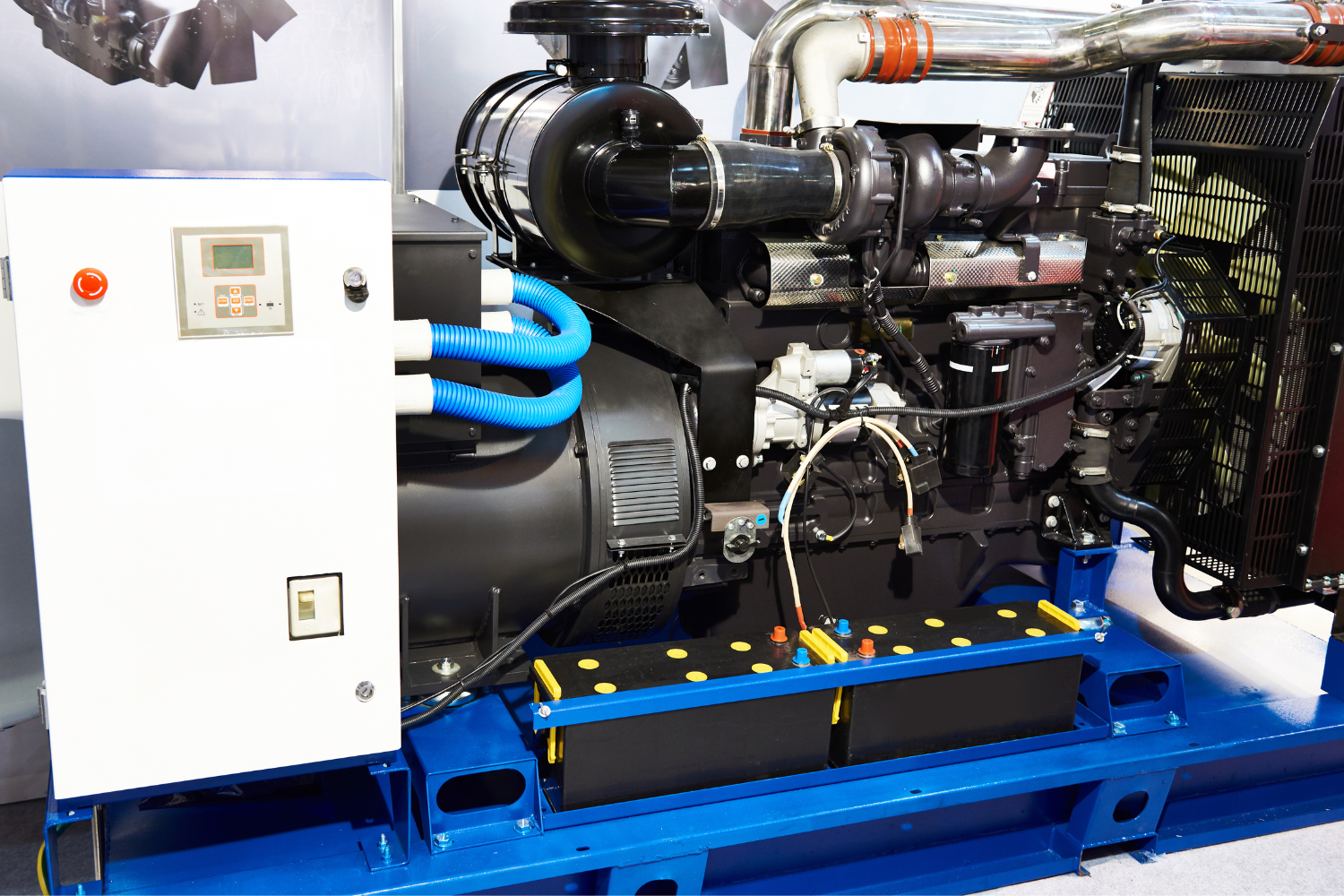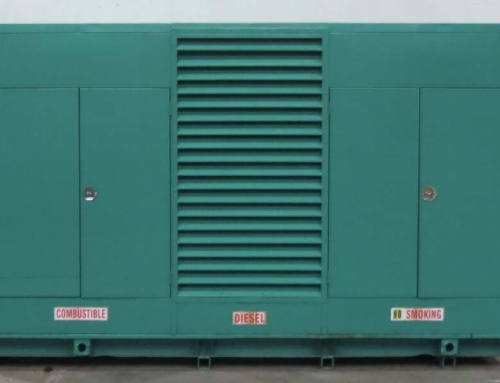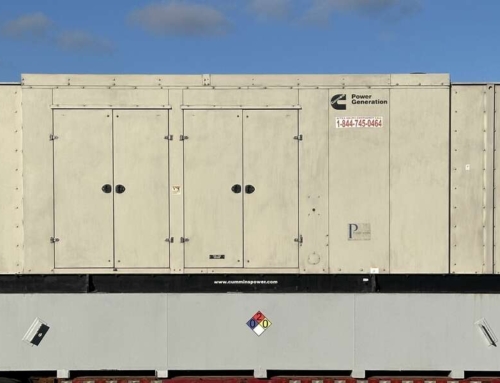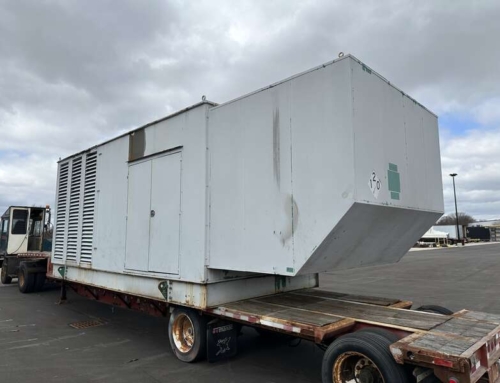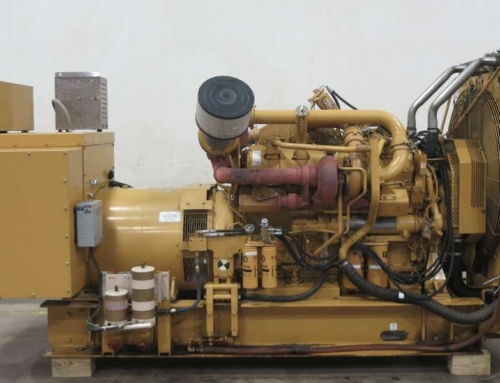A generator load bank is a tool for measuring a generator’s energy consumption and power quality to ensure it’s safe to keep running an installed generator.
There are several kinds of load banks, including resistive, reactive, resistive/reactive, and electronic ones. Each has a purpose, and based on the load bank manufacturer you choose, you may use them for testing and actual backup power operations.
Load Banks for Generators
A generator load bank is a tool that mimics a generator’s load. It is used to assess the electrical system’s ability to manage increased loads as well as the power output of generators.
A typical load bank will have heavy-duty cabling flowing out of it and resemble an enlarged electrical transformer. It is frequently kept inside an enclosure so that weather and other environmental elements cannot harm it. In the event of an incident involving high voltages or currents flowing through it, the enclosure also aids in preventing individuals from electrocuting themselves.
There are four different types of generator load banks:
- Resistive
- Reactive
- Resistive/reactive
- Electronic
Let’s take a look at each one in more depth.
Different Generator Load Banks
Your particular application and the sort of generator you wish to test will determine the kind of load bank you want.
Resistive Load
The load bank consists of resistors made to fit your generator’s electrical properties. This load bank will generate heat but won’t interact with the generator. It evaluates the generator’s performance when operating at full capacity. Generators are frequently tested at full load circumstances using a resistive load bank.
This kind of load bank is used to imitate actual loads, such as those put on commercial or industrial generators by air conditioning or refrigeration equipment. Numerous output voltages can be incorporated into the devices to employ resistive load banks with generators operating at different voltage levels (such as 1 VAC or 3 VDC).
Reactive Load
Capacitors and inductors are employed in this load bank to imitate reactive loads, such as motors and generators. Much like a genuine motor, a current ramp will be produced as the generator and reactive load respond. Typically, these loads are used to test generator performance in a range of power factor circumstances, including low and heavy loading (high KVA) conditions.
This load bank simulates genuine loads like variable frequency drives (VFDs), pumps, compressors, etc., using a rotary transformer and an induction motor with a squirrel cage and no brushes. Reactive loads are also used to test transformers to assess their performance under various loading scenarios. This includes partial or full-loading tests, in which all a transformer’s windings are simultaneously energized at rated voltage and frequency but at various power levels based on their ampere ratings.
Resistive/Reactive Load
Reactive and resistive components are combined to form this particular load bank. The reactive element represents typical motor or generator behavior that you could observe in an industrial context, on-site at a power plant or substation facility. Meanwhile, the resistive component is meant to match the electrical characteristics of your generator.
This enables simultaneous accurate testing of both kinds of loads. A classic illustration would be an air compressor driving a fan motor through a VFD, which in turn drives a pump through another VFD, and so on.
Electronic Load
By taking current from the linked generator in accordance with its characteristic impedance, an electronic load bank is an active device that replicates the behavior of an electric appliance or piece of equipment.
The impedance characteristics of the generator to which an electronic load is attached are often considered (for example, a 3 kW motor-driven device may call for an electronic load that draws 3 kW at 50 Hz). PLCs (Programmable Logic Controllers), SCADA, and other electronic signals that mimic real electronic equipment are included in it.
Resistive vs. Reactive vs. Resistive/reactive vs. Electronic Generator Load Banks
| Load Bank Type | Functionality | Pros | Cons |
| Resistive | Only creates resistive load (active power) | Simple design and operation | Does not test the generator’s reactive power capability |
| Reactive | Only creates reactive load (reactive power) | Tests the generator’s reactive power capability | Does not test the generator’s ability to handle resistive loads |
| Resistive/Reactive | Creates a combination of resistive and reactive loads | Tests the generator’s ability to handle both resistive and reactive loads | More complex design and operation, typically higher cost |
| Electronic | Provides a digitally controlled load to simulate various real-life operating conditions | Accurate and reliable load simulation | More expensive compared to other load banks, requires proper programming and setup for accurate testing |
Remember, the specifications and features of each load bank type may vary based on the manufacturer, model, and specific requirements. It’s always advisable to consult with a professional or the load bank manufacturer to determine the most suitable load bank type for your testing needs.
On Selecting a Generator Load Bank
Consider the overall power capacity (measured in kilowatts) and impedance (measured in ohms) of the load bank before selecting it as your generator’s load bank.
Ensure that the total power remaining after full load resistance is approximately 10% for an uninterruptible power supply and about 20% for a 15-minute load bank, in addition to the impedance being less than the primary impedance of the generator or transfer switch.
Commonly Asked Questions on Generator Load Banks
What exactly is a load bank?
An electrical device known as a load bank replicates the electrical load of a single electrical device or a collection of electrical devices. These gadgets could be electrical, reactive, or resistive.
Why is a generator load bank necessary?
Generator load banks are crucial for your generator to operate as expected in an emergency. They may be used to test the automatic transfer switch on your generator’s output, ensure it can supply enough power to run essential equipment and determine whether it can manage demand variations (such as on-and-off loads). They may also be used to check that everything is functioning correctly and stop issues before they start during routine maintenance inspections.
What kinds of accessible load banks are there?
Reactive and resistive load banks are the two different kinds. Both models replicate how real loads behave dynamically. A reactive load bank replicates inductive loads, such as HVAC units or transformers, whereas a resistive load bank models electric motors, lights, etc. The only distinction between these two types is that they mimic various loads with various characteristics.
How do you define an electronic load bank?
Electronic loads mimic a reactive (variable impedance with frequency) resistive component in line with an inductor, capacitor, and other electronics. These loads are generally employed in sensitive applications like hospitals, data centers, etc., to evaluate generator fault-current capacities or conduct low power frequency regulation experiments.
What distinguishes electronic load banks from resistive/reactive load banks?
Similar to resistive load banks, reactive load banks may be set to match many real load types and their dynamics (such as frequency), giving them additional versatility in modeling. Solid-state electronics (such as thyristors) are used in electronic load banks instead of mechanical components for simulation.

